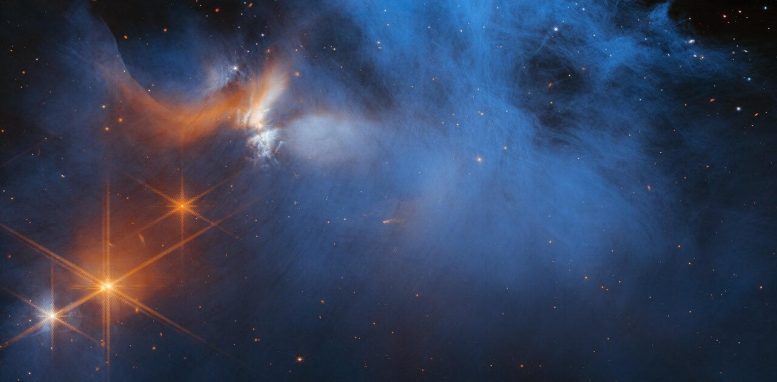
This image by the NASA/ESA/CSA James Webb Space Telescope’s Near-InfraRed Camera (NIRCam) features the central region of the Chameleon I dark molecular cloud, which resides 630 light years away. The cold, wispy cloud material (blue, center) is illuminated in the infrared by the glow of the young, outflowing protostar Ced 110 IRS 4 (orange, upper left). The light from numerous background stars, seen as orange dots behind the cloud, can be used to detect ices in the cloud, which absorb the starlight passing through them. An international team of astronomers has reported the discovery of diverse ices in the darkest, coldest regions of a molecular cloud measured to date by studying this region. Credit: NASA/ESA/CSA/M. Zamani (ESA/Webb)/M. K. McClure (Leiden Observatory)/F. Sun (Steward Observatory)/Z. Smith (Open University)/Ice Age ERS Team
Researchers used the James Webb Space Telescope to examine primordial interstellar ices.
An international team consisting of Southwest Research Institute, Leiden University, and NASA utilized observations from the James Webb Space Telescope (JWST) to achieve the darkest view yet of a dense interstellar cloud. This resulted in the revelation of the composition of a virtual treasure chest of ices from the early universe, providing new insights into the chemical processes in one of the coldest and darkest places in the universe and the origins of the molecules that make up planetary atmospheres.
“The JWST allowed us to study ices that exist on dust grains within the darkest regions of interstellar molecular clouds,” said SwRI Research Scientist Dr. Danna Qasim, co-author of the study published in Nature Astronomy. “The clouds are so dense that these ices have been mostly protected from the harsh radiation of nearby stars, so they are quite pristine. These are the first ices to be formed and also contain biogenic elements, which are important to life.”
NASA’s JWST has a 6.5-meter-wide mirror providing remarkable spatial resolution and sensitivity, optimized for infrared light. As a result, the telescope has been able to image the densest, darkest clouds in the universe for the first time.
“These observations provide new insights into the chemical processes in one of the coldest, darkest places in the universe to better understand the molecular origins of protoplanetary disks, planetary atmospheres, and other Solar System objects,” Qasim said.
Most interstellar ices contain very small amounts of elements like oxygen and sulfur. Qasim and her co-authors seek to understand the lack of sulfur in interstellar ices.
“The ices we observed only contain 1% of the sulfur we’re expecting. 99% of that sulfur is locked up somewhere else, and we need to figure out where in order to understand how sulfur will eventually be incorporated into the planets that may host life,” Qasim explained.
In the study, Qasim and colleagues propose that the sulfur may be locked in reactive minerals like iron sulfide, which may react with ices to form the sulfur-bearing ices observed.
“Iron sulfide is a highly reactive mineral that has been detected in the accretion disks of young stars and in samples returned from comets. It’s also the most common sulfide mineral in lunar rocks,” Qasim said. “If sulfur is locked up in these minerals, that could explain the low amount of sulfur in interstellar ices, which has implications for where sulfur is stored in our Solar System. For example, the atmosphere of Venus has sulfur-containing molecules, in which the sulfur could have partially come from interstellar-inherited minerals.”
Reference: “An Ice Age JWST inventory of dense molecular cloud ices” by M. K. McClure, W. R. M. Rocha, K. M. Pontoppidan, N. Crouzet, L. E. U. Chu, E. Dartois, T. Lamberts, J. A. Noble, Y. J. Pendleton, G. Perotti, D. Qasim, M. G. Rachid, Z. L. Smith, Fengwu Sun, Tracy L. Beck, A. C. A. Boogert, W. A. Brown, P. Caselli, S. B. Charnley, Herma M. Cuppen, H. Dickinson, M. N. Drozdovskaya, E. Egami, J. Erkal, H. Fraser, R. T. Garrod, D. Harsono, S. Ioppolo, I. Jiménez-Serra, M. Jin, J. K. Jørgensen, L. E. Kristensen, D. C. Lis, M. R. S. McCoustra, Brett A. McGuire, G. J. Melnick, Karin I. Öberg, M. E. Palumbo, T. Shimonishi, J. A. Sturm, E. F. van Dishoeck and H. Linnartz, 23 January 2023, Nature Astronomy.
DOI: 10.1038/s41550-022-01875-w

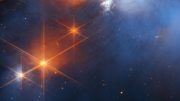
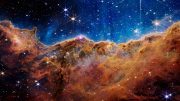

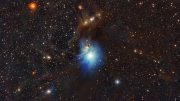
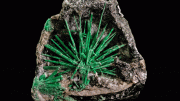
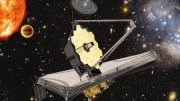
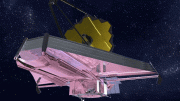
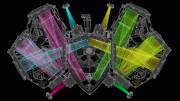
Be the first to comment on "Study Provides Darkest-Ever View of Primordial Interstellar Ices"